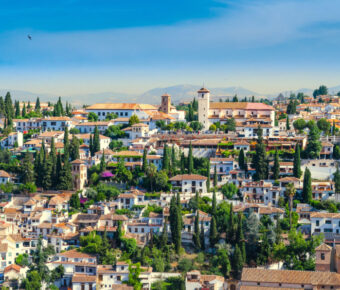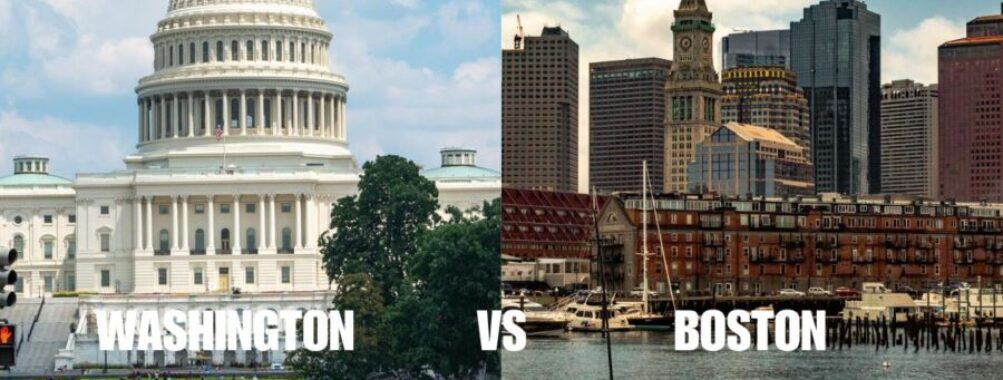
Washington DC vs Boston: Which Historic Capital Offers Better Cultural Experiences?
Boston and Washington DC are among America’s most historic cities, each offering unique experiences for visitors. These East Coast destinations showcase different sides of American culture, from Boston’s colonial charm to DC’s political power.
Boston has more tourist attractions and better food options, especially for Asian cuisine and fresh seafood, while Washington DC offers superior free museums and iconic national monuments. The cities share similar populations and walkable layouts, making them both excellent choices for exploring on foot.
Both cities shine in different ways for travelers seeking cultural experiences. Boston’s seaside location creates opportunities for waterfront activities and beaches, while DC’s position as the nation’s capital brings a distinct energy and free access to world-class Smithsonian museums. Planning your next trip? Search for hotels in both cities on Booking.com to compare prices and locations.
Contents
- Historical Significance and Landmarks
- History of Washington DC
- Boston’s Role in American History
- Famous Landmarks: From the White House to the Freedom Trail
- Cultural Experience and Museums
- Cultural Diversity in DC and Boston
- Showcase of World-Class Museums
- Events and Festivals Unique to Each City
- Education and Universities
- World-Renowned Institutions in Boston
- Educational Opportunities in Washington DC
- Economic and Employment Landscape
- Comparison of Job Markets
- Economic Growth Patterns in DC and Boston
- Cost of Living and Housing
- Housing Markets and Trends
- Daily Expenses from Groceries to Child Care
- Utilities and Miscellaneous Costs
- Climate and Weather Patterns
- Seasonal Changes in Washington DC
- Understanding Boston’s New England Climate
- Food and Culinary Scene
- Washington DC’s International Cuisine
- Boston’s Seafood and Local Specialties
- Public Transportation and Infrastructure
- Navigating the Transit Systems in DC
- Boston’s Approach to Public Transportation
- Safety, Health, and Environment
- Urban Safety and Crime Rates
- Healthcare Facilities and Access
- Environmental and Air Quality Concerns
- Nightlife and Entertainment
- Evening Attractions in Washington DC
- Boston’s Vibrant Nightlife Scene
- Population Density and Urban Lifestyle
- Life in Dense Urban Washington
- Boston’s Community Feel
- Frequently Asked Questions
- What are the differences in cost of living between Washington, D.C. and Boston?
- Which city should I consider if I want a balance between urban amenities and size, Washington, D.C. or Boston?
- What are the distinctive benefits of living in Washington, D.C. over Boston?
- In terms of tourism, should I visit Boston or Washington, D.C. for a richer historical experience?
- Can you compare the cultural and recreational opportunities available in Boston versus Washington, D.C.?
- How do the education and employment opportunities differ between Washington, D.C. and Boston?
- More Travel Guides
Historical Significance and Landmarks
Both Boston and Washington DC stand as pillars of American history, with each city playing crucial roles in shaping the nation’s past. These cities preserve their heritage through countless historic buildings, monuments, and cultural sites that attract millions of visitors each year.
History of Washington DC
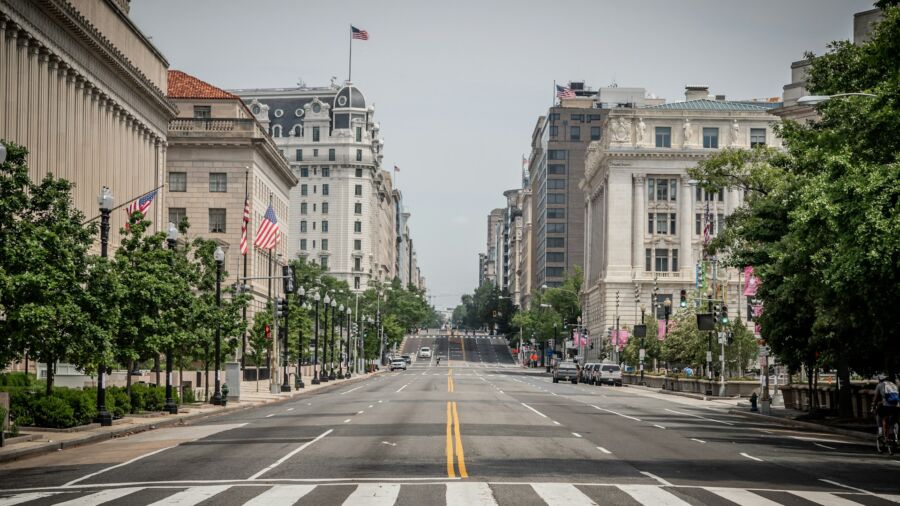
Washington DC emerged as the nation’s capital in 1790, designed specifically to serve as the seat of government. Pierre Charles L’Enfant crafted the city’s layout, which features wide boulevards and impressive public spaces that reflect its grand purpose.
The National Mall serves as an open-air museum of American democracy. The iconic Washington Monument, standing 555 feet tall, marks the heart of the city’s historic core.
Capitol Hill houses not just Congress but also charming residential areas with 19th-century row houses. Many historic buildings here tell stories of political deals and national decisions that changed America’s course.
Boston’s Role in American History

Boston’s history stretches back to 1630, making it one of America’s oldest cities. The city played a key role in the American Revolution, hosting events like the Boston Tea Party and Paul Revere’s famous midnight ride.
Beacon Hill remains largely unchanged since its 18th-century origins. Its brick row houses, gas lamps, and cobblestone streets transport visitors back in time.
The city served as a major hub for abolitionists during the Civil War era. Many historic churches and meeting houses still stand as testament to these social movements.
Famous Landmarks: From the White House to the Freedom Trail

The White House has been home to every U.S. president since John Adams. Public tours let visitors see rooms where historic decisions were made.
The Lincoln Memorial draws millions with its stunning marble columns and 19-foot statue of the 16th president. At night, the monument’s lighting creates an unforgettable sight.
Boston’s 2.5-mile Freedom Trail connects 16 historic sites. Red bricks or painted lines mark the path, leading visitors past sites like Paul Revere’s House and the USS Constitution.
Historic Faneuil Hall, known as the “Cradle of Liberty,” hosted revolutionary meetings and remains a popular marketplace today.
Cultural Experience and Museums
Washington DC and Boston offer vastly different cultural scenes, with each city showcasing unique museums, diverse communities, and signature events that shape their identity. Both cities serve as cultural powerhouses that draw millions of visitors each year.
Cultural Diversity in DC and Boston
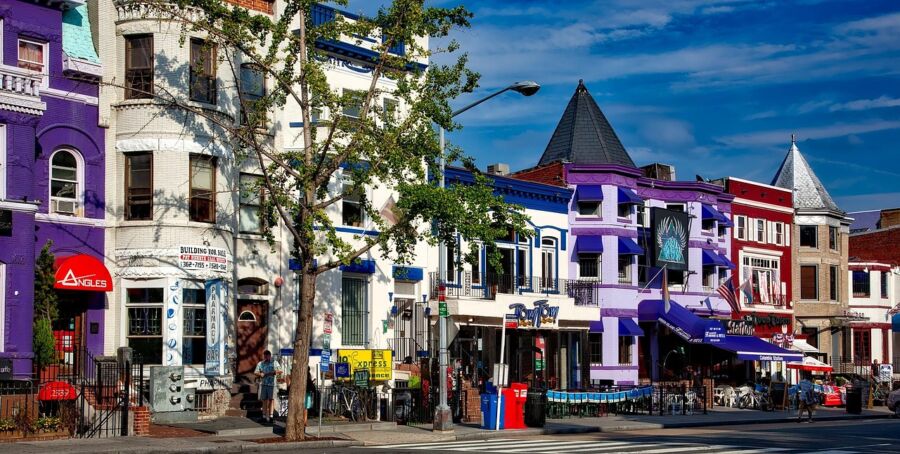
DC’s international character shines through its diverse neighborhoods like Adams Morgan and Embassy Row. The city buzzes with diplomatic events and cultural celebrations from around the world. You’ll find authentic Ethiopian restaurants next to Salvadoran cafes.
Boston’s culture centers on its Irish-American heritage and strong academic influence. The North End keeps Italian traditions alive with family restaurants and festivals. Chinatown stands as one of the largest Asian communities on the East Coast.
The two cities blend old and new in different ways. DC mixes global influences with American politics, while Boston weaves its colonial past with modern innovation.
Showcase of World-Class Museums

The Smithsonian Institution in DC offers 19 free museums, including the National Air and Space Museum and American History Museum. Art lovers flock to the National Gallery of Art’s extensive collection.
Boston’s Museum of Fine Arts houses over 450,000 works of art across different time periods and cultures. The Isabella Stewart Gardner Museum displays art in a stunning Venetian-style palace.
Some unique museums in each city:
- DC: International Spy Museum, Holocaust Memorial Museum
- Boston: Museum of Science, USS Constitution Museum
Events and Festivals Unique to Each City

DC’s Cherry Blossom Festival brings pink blooms and Japanese culture each spring. The Smithsonian Folklife Festival celebrates different cultures with food, music, and crafts on the National Mall.
Boston’s calendar includes:
- St. Patrick’s Day Parade in South Boston
- Boston Marathon festivities
- Head of the Charles Regatta
Each season brings special events. DC hosts Screen on the Green in summer, showing classic films on the National Mall. Boston’s fall foliage draws visitors to outdoor festivals in historic parks.
Education and Universities
Both cities offer exceptional educational opportunities from grade school through graduate programs, with prestigious private and public institutions that draw students from around the globe.
World-Renowned Institutions in Boston
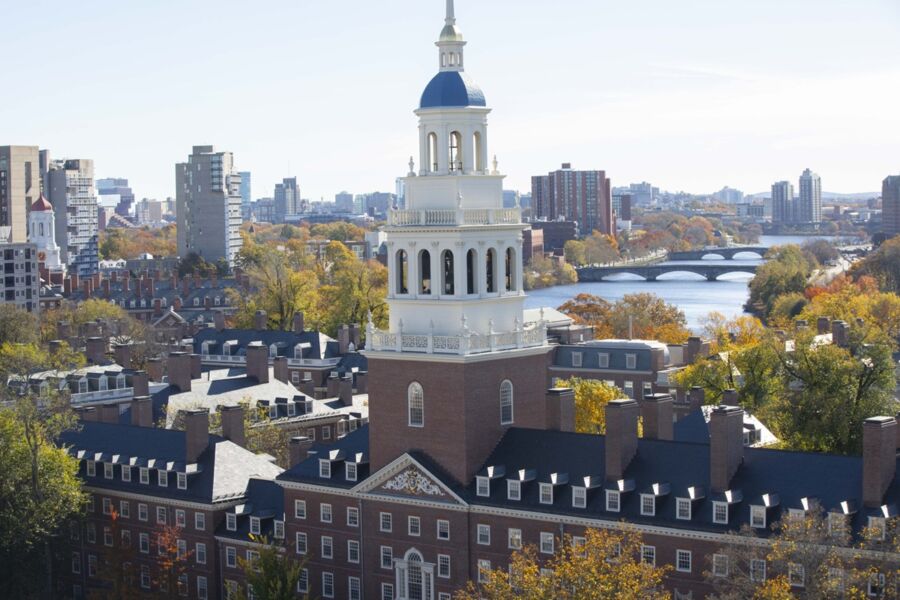
Boston’s academic scene shines with Harvard University as its crown jewel, located in neighboring Cambridge. The city houses over 50 colleges and universities, including Boston University, Northeastern, and MIT.
Students benefit from smaller class sizes here, with a student-teacher ratio 3.4% lower than Washington DC. The city’s academic environment creates a competitive job market filled with young professionals.
The streets around these campuses buzz with student life. You’ll find study spots in historic libraries, coffee shops packed with students, and research facilities pushing boundaries in tech and medicine.
Educational Opportunities in Washington DC

DC puts more money into each student’s education, spending 2.9% more per pupil than Boston. The city features strong K-12 options through its magnet and charter school programs.
Georgetown University leads DC’s higher education landscape, while George Washington University sits near the heart of downtown. The federal government creates unique learning chances through internships and research positions.
The city’s museums, like the Smithsonian complex, serve as living classrooms. Many schools partner with government agencies to give students real-world experience in policy and public service.
Economic and Employment Landscape
Both cities showcase distinct economic strengths, with DC’s government-focused job market and Boston’s diverse mix of education, tech, and healthcare opportunities shaping their employment landscapes.
Comparison of Job Markets

The federal government drives DC’s job market, creating stable employment with competitive salaries. Government roles make up a large portion of available positions, while private sector jobs focus on government contracting, law, and lobbying.
Boston’s job market centers on education, healthcare, and technology. The city’s many universities and research hospitals create unique opportunities in these fields. Tech startups and established companies provide another strong employment sector.
Unemployment rates remain lower in both cities compared to the national average. The average salaries tend to be higher too, helping offset the high cost of living.
Economic Growth Patterns in DC and Boston
DC’s economy shows steady growth thanks to consistent government spending and expansion of federal agencies. The city attracts young professionals seeking careers in public service and policy work.
Boston’s economy grows through innovation and research. The city’s universities spark new businesses and attract investment in biotech and artificial intelligence. Healthcare expansion adds more jobs each year.
Both cities face similar challenges with high living costs. Housing prices and daily expenses can strain even well-paid workers. Still, strong job markets and growing industries help maintain economic stability.
Cost of Living and Housing

Living costs vary between these two major East Coast cities, with Washington DC showing slightly higher expenses in most categories. Housing takes the biggest bite out of residents’ budgets in both metropolitan areas.
Housing Markets and Trends
The housing market in DC runs about 1.2% more expensive than Boston. Median monthly housing costs hit $1,883 in DC versus $1,817 in Boston. Both cities face intense competition for available homes and apartments.
Rent prices keep climbing in both cities. A typical one-bedroom apartment costs around $2,300 in DC and $2,200 in Boston. Two-bedroom units run $2,800-3,200 in both cities.
Property taxes add another layer of expense. DC’s effective property tax rate sits at 0.85%, while Boston homeowners pay about 1.21% of their property’s value annually.
Daily Expenses from Groceries to Child Care
Grocery costs run 2.7% higher in DC compared to Boston. A family of four spends roughly $1,200 monthly on food in DC versus $1,165 in Boston.
Child care creates major strain on family budgets. Full-time daycare averages:
- DC: $24,200 per year
- Boston: $21,500 per year
Transportation costs hit harder in DC. Monthly transit passes cost $100 in Boston but reach $144 in DC’s Metro system.
Utilities and Miscellaneous Costs
Basic utilities like electricity, heating, water and garbage run about $150-200 monthly for a typical apartment in both cities. Internet service averages $65-75 per month.
Health care costs 6.1% less in Boston than DC. A doctor’s visit costs around:
- Boston: $125-175
- DC: $150-200
Entertainment and dining expenses track similarly. A mid-range restaurant dinner for two runs $75-100 in both cities.
Climate and Weather Patterns
Both cities experience four distinct seasons with notable temperature swings, but their weather patterns show key differences in rainfall, snowfall, and temperature extremes throughout the year.
Seasonal Changes in Washington DC
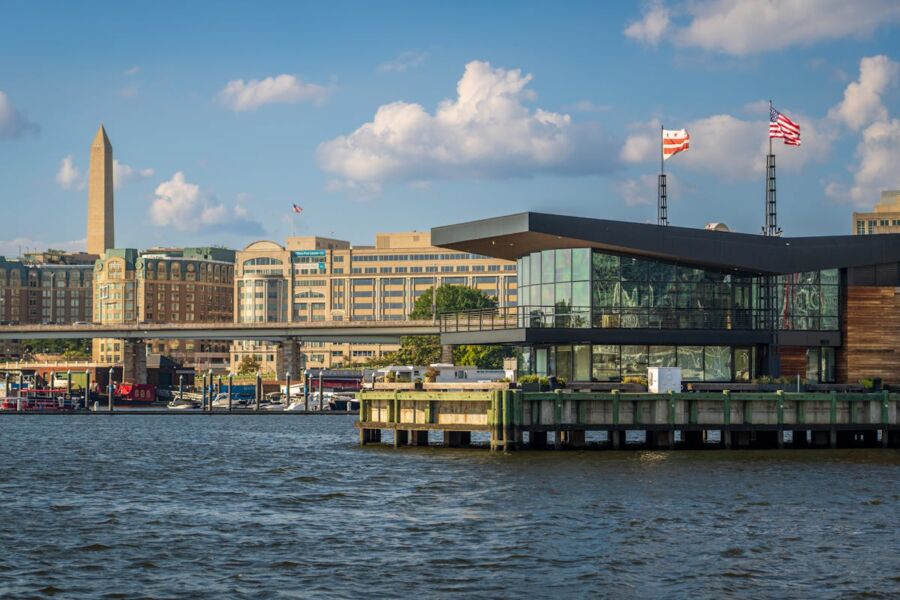
DC summers bring hot, sticky weather with July highs around 88°F. The humidity makes the heat feel more intense, especially during afternoon peak hours. Spring and fall offer mild, pleasant temperatures perfect for viewing the cherry blossoms or fall foliage.
Winters are cold but not extreme, with January lows near 26°F. The city gets about 14 inches of snow yearly – much less than its northern neighbor Boston.
Rain falls pretty evenly across all seasons, totaling around 43 inches per year. Spring tends to be wettest, while fall is typically driest and most comfortable.
Understanding Boston’s New England Climate
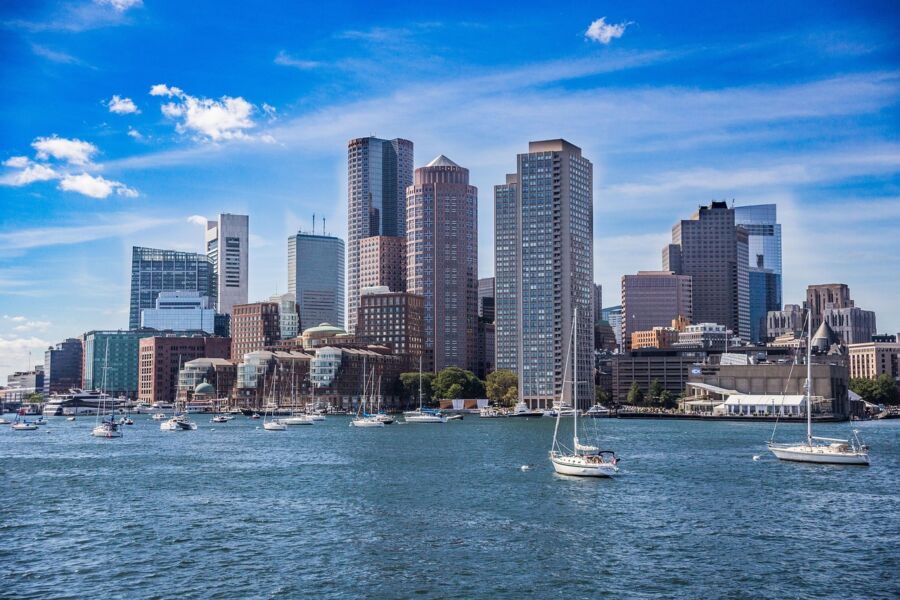
Boston’s seaside location shapes its weather patterns dramatically. Summer highs reach about 82°F in July, offering a break from DC’s intense heat. Sea breezes help keep the air fresher, though humidity can still spike.
The city’s winters pack a serious punch. January temperatures drop to around 19°F, and snowfall averages 48 inches yearly – more than triple DC’s amount. Nor’easters can dump several feet of snow in single storms.
Rainfall totals about 47 inches annually, slightly more than DC. The coastal location brings more cloudy days and frequent weather changes. Spring starts later and fall colors peak earlier than in DC.
Food and Culinary Scene
Both cities boast vibrant food scenes shaped by their unique cultural influences and local specialties, creating distinct culinary identities that set them apart from each other.
Washington DC’s International Cuisine
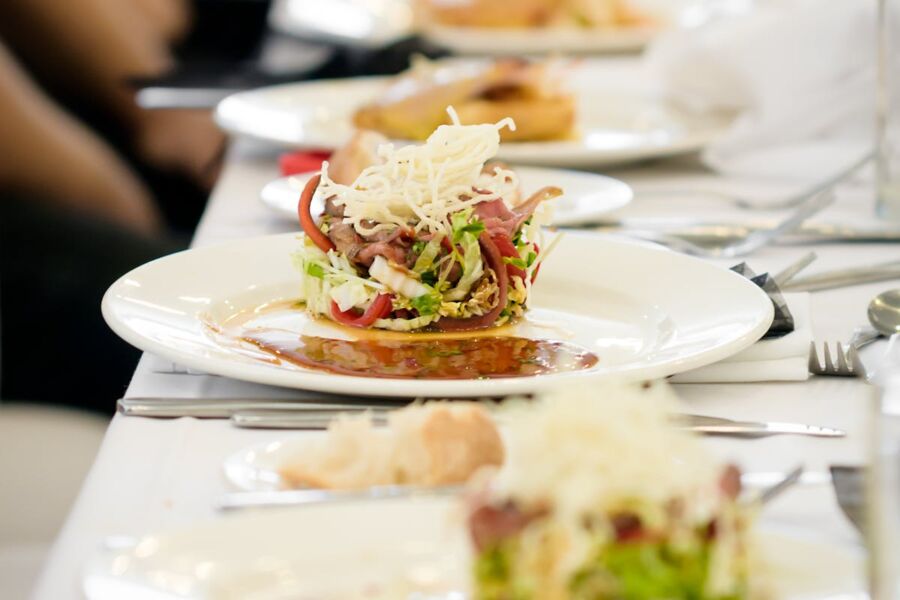
DC’s food scene reflects its role as a global capital. The city’s diverse neighborhoods offer authentic international dishes from Ethiopian restaurants in Shaw to Korean spots in U Street. Adams Morgan stands out for its Latin American eateries serving pupusas and arepas.
The city’s fine dining scene has grown rapidly in recent years. Several Michelin-starred restaurants like Pineapple & Pearls and Minibar showcase innovative American cuisine. Local chefs blend global influences with regional ingredients to create unique dishes.
For casual eats, food trucks line downtown streets during lunch hours. They serve everything from Vietnamese banh mi to Middle Eastern falafel. The suburbs also hide gems – amazing dim sum and Korean BBQ can be found in Maryland and Virginia.
Boston’s Seafood and Local Specialties

Fresh seafood defines Boston’s food identity. The historic Quincy Market serves classic New England fare like creamy clam chowder and fresh lobster rolls. Local spots in the Seaport District offer daily catches straight from Boston Harbor.
Boston’s Chinatown ranks among the best in America. Tiny restaurants serve authentic dumplings, dim sum, and shabu-shabu. The North End, Boston’s Little Italy, features old-school pasta joints and classic cannoli bakeries.
The city excels at seafood-based sushi and Asian fusion. Creative chefs combine local catches with Japanese techniques. Faneuil Hall’s food stalls let visitors sample regional specialties like Boston cream pie and fresh oysters in one spot.
Public Transportation and Infrastructure
Both Boston and Washington DC offer extensive public transit networks that make getting around without a car simple and convenient. The cities have invested heavily in their subway systems, buses, and commuter rail lines to serve millions of residents and visitors.
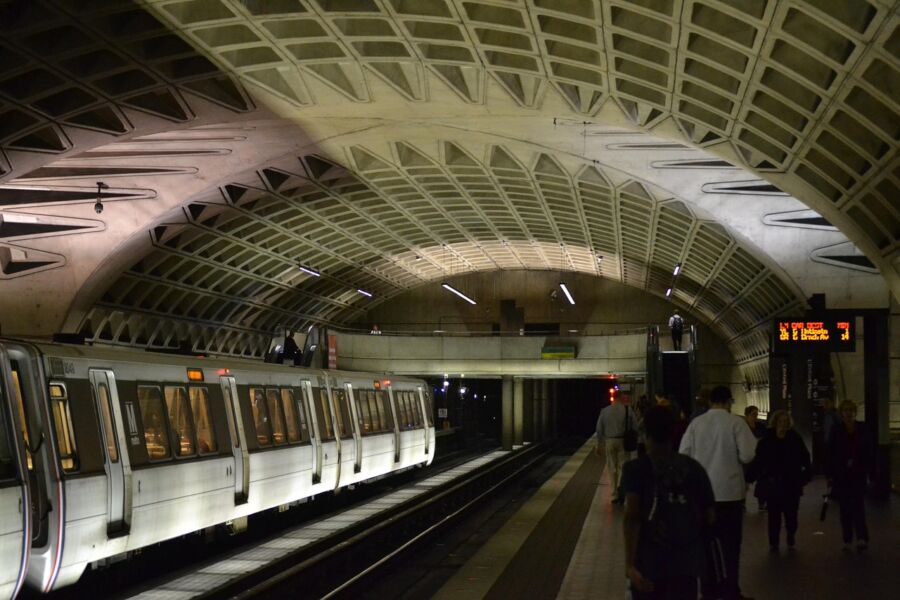
The Washington Metro system covers the entire DC metro area with 6 color-coded lines and 91 stations. Trains run frequently from early morning until midnight on weekdays and weekends.
The SmartTrip card makes paying fares easy – just tap and go. You can load money onto it at any station or online.
DC’s bus network fills in gaps between Metro stations with over 300 routes. Many buses run 24/7 in busy areas.
Rush hour traffic can be intense, but Metro helps many commuters avoid the worst congestion. The system moves over 600,000 riders on an average weekday.
Boston’s Approach to Public Transportation

The MBTA (nicknamed “the T“) operates America’s oldest subway system. The Red, Blue, Orange, and Green Lines connect Boston proper with Cambridge, Brookline, and other nearby communities.
Buses supplement the subway routes and reach areas the T doesn’t cover. The commuter rail extends service deep into the suburbs.
The CharlieCard payment system works on all MBTA services. Monthly passes offer good value for regular riders.
Winter weather sometimes causes delays, but the T usually keeps running even in snow. The system handles around 400,000 passenger trips each weekday.
Safety, Health, and Environment

Boston and Washington DC show distinct differences in safety levels, healthcare systems, and environmental conditions that impact daily life for residents and visitors. Each city faces unique challenges while offering specific advantages in these crucial areas.
Urban Safety and Crime Rates
Washington DC’s crime rates remain higher than the national average, though many neighborhoods have seen improvements in recent years. Tourist areas near the National Mall and federal buildings maintain strong security presence and lower crime rates.
Boston features safer conditions in most neighborhoods, particularly in areas like Back Bay and Beacon Hill. The city’s crime rates stay below DC’s numbers, with better statistics in both violent and property crimes.
Both cities show significant variation between neighborhoods. Visitor-heavy zones receive extra police patrols and security cameras. Popular tourist spots tend to be the safest areas in each city.
Healthcare Facilities and Access
Boston stands out as a medical powerhouse with world-class hospitals like Massachusetts General and Brigham and Women’s Hospital. The city’s healthcare system serves both locals and patients who travel there specifically for treatment.
DC offers strong medical care through facilities like MedStar Georgetown University Hospital. The city’s public health programs make care more affordable and accessible to residents compared to many other urban areas.
Medical research and teaching facilities enhance healthcare quality in both cities. Training programs at top medical schools bring talented doctors and new treatments to local hospitals.
Environmental and Air Quality Concerns
DC benefits from extensive green spaces, including Rock Creek Park and the National Mall. The city’s tree canopy helps combat urban heat and improve air quality.
Boston’s harbor location brings fresh sea breezes that help clear air pollution. The city’s compact size makes walking and biking practical options for many trips.
Both cities face traffic-related pollution, especially during rush hours. Urban development projects in recent years have added parks and green spaces to help offset environmental concerns.
Local initiatives promote cleaner air through expanded public transit and bike lanes. Tree planting programs continue to grow in both cities, helping reduce pollution and create more livable spaces.
Nightlife and Entertainment
Washington DC and Boston offer distinct after-dark experiences, with each city bringing its own unique energy to nightlife and entertainment.
Evening Attractions in Washington DC

DC’s nightlife shines with its mix of upscale bars and live music venues spread across neighborhoods like U Street and Adams Morgan. The city runs on a “work hard, play hard” mindset, which shows in its lively happy hour culture. Many bars and clubs stay open late, especially on weekends.
The District’s entertainment spans from jazz clubs to rooftop lounges. U Street’s historic theaters host comedy shows and concerts. During summer months, outdoor movies pop up in parks and public spaces across the city.
The Kennedy Center presents world-class performances nearly every night. Sports fans can catch evening games at Capital One Arena, home to both NBA and NHL teams.
Boston’s Vibrant Nightlife Scene

Boston’s entertainment district around Faneuil Hall comes alive after sunset. The area fills with street performers and musicians, creating a festive atmosphere. Local pubs and Irish bars dot the historic streets, giving the city its classic charm.
Fenway Park adds extra buzz to the nightlife scene during baseball season. The surrounding Fenway-Kenmore area features sports bars and casual spots perfect for pre or post-game fun.
The city’s large student population shapes its entertainment options. Areas like Harvard Square and Allston offer laid-back bars and music venues that cater to younger crowds. Most venues close earlier than in DC, with many wrapping up around midnight.
Theater fans can catch shows in the historic Theater District, where classic venues showcase Broadway productions and local performances.
Population Density and Urban Lifestyle
Both Washington DC and Boston rank among America’s most densely populated cities, creating unique urban environments that shape daily life for residents.
Life in Dense Urban Washington
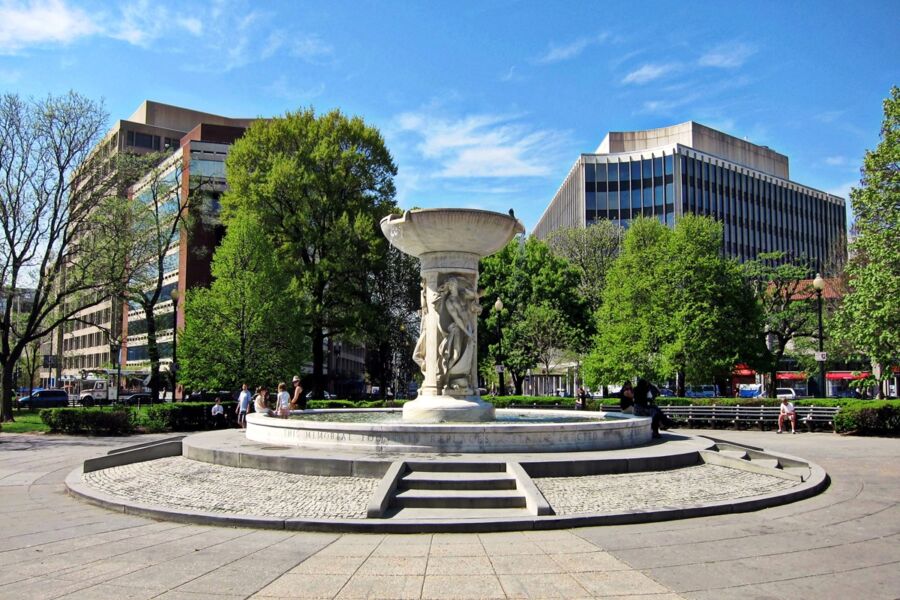
Washington DC packs nearly 11,000 people into each square mile. This density creates a bustling atmosphere in neighborhoods like DuPont Circle and U Street, where apartments and row houses sit close together.
The tight spacing means residents can walk to most daily needs. Local cafes, markets, and shops fill the ground floors of historic buildings. Metro stations connect these dense areas, making car-free living practical.
The city’s density supports a vibrant after-hours scene. Streets stay active late into evening as people walk between restaurants, bars, and cultural venues. Many young professionals choose dense areas near downtown for easy access to work and entertainment.
Boston’s Community Feel
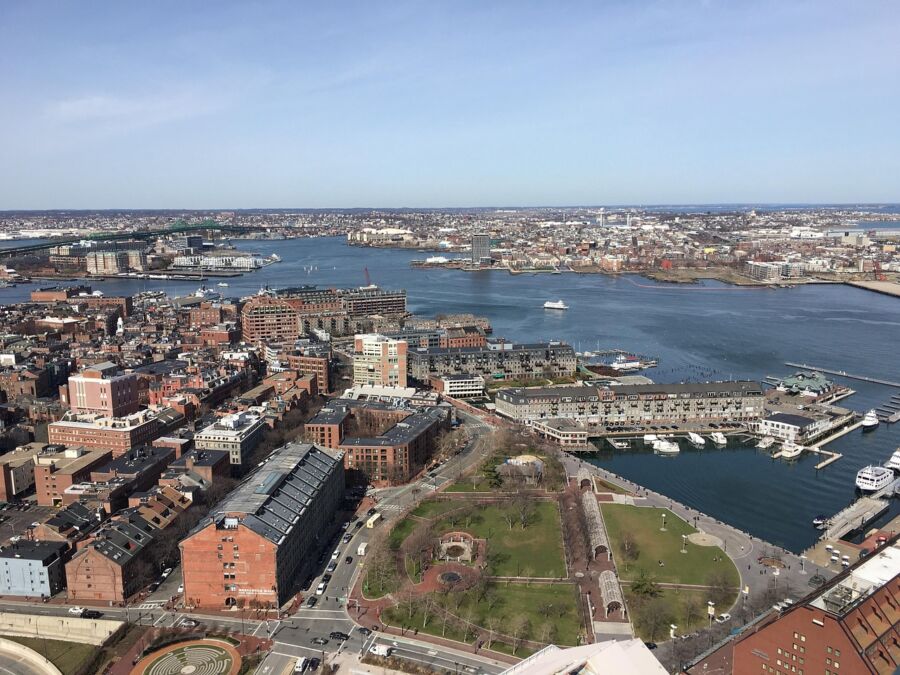
Boston fits over 13,500 people per square mile, making it even more compact than DC. The city’s density creates close-knit neighborhoods like Beacon Hill and Back Bay where brick townhouses line narrow streets.
Small parks and squares break up the urban landscape. These spaces become natural gathering spots where neighbors chat and kids play.
The tight layout puts everything within reach. Residents walk to corner stores, coffee shops, and T stations. Many areas have their own “Main Street” with local businesses serving daily needs.
Dense living brings unique perks in Boston:
- Block parties and street festivals happen often
- Local shops know regular customers by name
- Community gardens let neighbors grow food together
Frequently Asked Questions
Both Washington, D.C. and Boston offer unique experiences, from government jobs to tech opportunities, historic landmarks to modern entertainment, and distinct cultural scenes that shape daily life in each city.
What are the differences in cost of living between Washington, D.C. and Boston?
Living costs in both cities rank among the highest in the U.S. D.C. tends to have higher housing costs in the city center compared to Boston.
Boston employers pay about 0.7% more than D.C. employers for similar jobs. A job that pays $60,000 in D.C. might pay around $60,431 in Boston.
Transportation costs less in D.C., with single-ride tickets at $2.40 compared to Boston’s $2.75.
Which city should I consider if I want a balance between urban amenities and size, Washington, D.C. or Boston?
Boston feels more compact and walkable with its historic layout and neighborhood structure. Many residents can walk or bike to work and essential services.
D.C.’s planned grid system makes navigation simple, with wider streets and more open spaces. The Metro system connects all major areas.
What are the distinctive benefits of living in Washington, D.C. over Boston?
D.C. offers milder winters and longer springs compared to Boston’s harsh winter climate.
The city provides free access to world-class museums through the Smithsonian Institution.
D.C.’s job market stays stable due to government presence, creating opportunities in public service, defense, and related industries.
In terms of tourism, should I visit Boston or Washington, D.C. for a richer historical experience?
Boston’s Freedom Trail showcases colonial history through 16 historic sites along a 2.5-mile walking path.
D.C.’s National Mall features iconic monuments, memorials, and museums that tell America’s complete story from founding to present day.
Both cities played key roles in American independence, but they offer different perspectives on this shared history.
Can you compare the cultural and recreational opportunities available in Boston versus Washington, D.C.?
Boston excels in Asian cuisine, with an authentic Chinatown offering excellent dim sum, dumplings, and shabu-shabu. The city’s coastal location provides access to fresh seafood.
D.C. features diverse international dining options, reflecting its global diplomatic community. The best Asian restaurants are found in the suburbs.
Both cities offer professional sports teams, theater districts, and seasonal festivals.
How do the education and employment opportunities differ between Washington, D.C. and Boston?
Boston’s economy centers on education, healthcare, and technology. The area hosts numerous prestigious universities and research institutions.
D.C.’s job market focuses on government, politics, defense contracting, and international organizations.
Both cities attract young professionals, but their career paths often differ based on industry focus.

